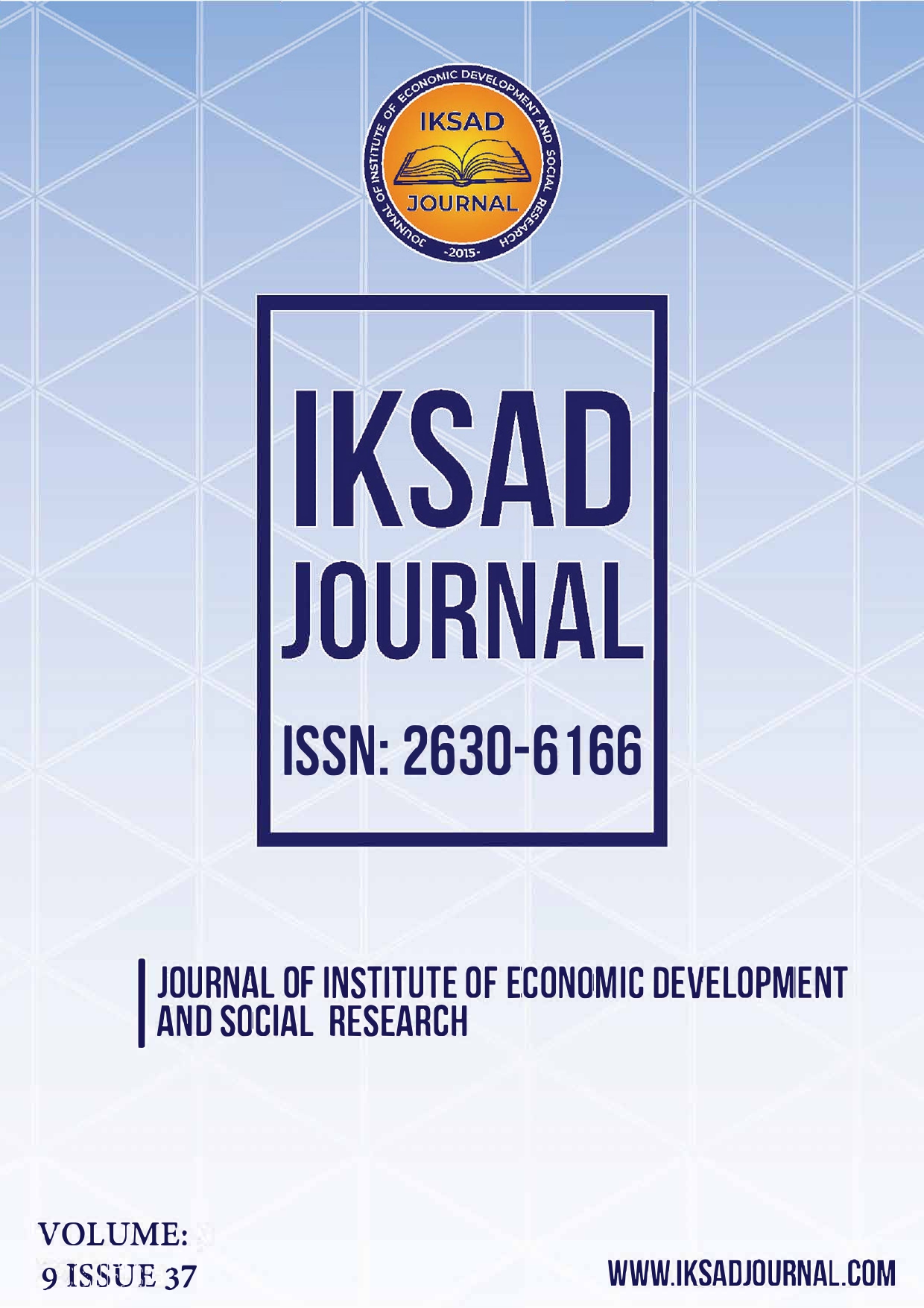E-Learning Innovations & Gender Responsive Pedagogy
DOI:
https://doi.org/10.5281/zenodo.15723660Keywords:
Pedagogy, E-Learning, Innovations, gender-responsiveAbstract
This work attempts to explore the intersection between e-learning innovations and gender-responsive pedagogy, examining how modern digital tools and technologies in education can enhance learning experiences while promoting gender equity. The research delves into the role of e-learning platforms, digital pedagogical tools, and online classrooms in creating gender-sensitive learning environments. It highlights the importance of ensuring that educational strategies are inclusive, actively addressing gender disparities that persist in traditional education settings.
The study draws on UN reports, academic research, and global case studies to assess the effectiveness of gender-responsive e-learning innovations. Furthermore, the essay underscores the need for teachers, curriculum designers, and policymakers to integrate gender equity principles into digital learning frameworks. By fostering an inclusive e-learning landscape, the paper argues that education systems can empower underrepresented and marginalized groups, particularly women and girls. Additionally, the analysis touches on key challenges, such as the digital divide and access issues, and how these affect gender parity in e-learning contexts. The findings are relevant to educators, policymakers, and organizations that aim to promote gender equality through education in the digital age.
References
Barrows, H.S. & Tamblyn, R.M. (1980) Problem-based learning: An approach to medical education. Springer Publishing Company (pp. 1-16). Springer. https://app.nova.edu/toolbox/instructionalproducts/edd8124/fall11/1980-BarrowsTamblyn-PBL.pdf
Baker, E. L., & Inventado, P. S. (2014). Educational assessment and e-learning: Opportunities and challenges. In Handbook of research on educational technology and curriculum development (pp. 207-219). IGI Global.
Bergmann, J. and Sams, A. (2014) Flipped Learning: Gateway to Student Engagement. International Society for Technology in Education, Eugene, Oregon.
Bruck, Peter A., Motiwalla, Luvai, & Foerster, Florian, "Mobile Learning with Micro-content: A Framework and Evaluation" (2012). BLED 2012 Proceedings. 2.
https://aisel.aisnet.org/bled2012/2
Dichev, C., Dicheva, D. Gamifying education: what is known, what is believed and what remains uncertain: a critical review. (2017). https://doi.org/10.1186/s41239-017-0042-5
Garrison, D. R. (2011). E-Learning in the 21st Century: A Framework for Research and Practice. Taylor & Francis.
Kapp, K. (2012) The Gamification of Learning and Instruction. Game-Based Methods and Strategies for Training and Education. Pfeiffer, San Francisco, CA.
Kirk, S. A., & MacLure, M. (2020). Gender and education: Theoretical perspectives and educational practices. Educational Philosophy and Theory, 52(8), 754-767. https://doi.org/10.1080/00131857.2019.1593514
Lynn S Liben, Rebecca S. Bigler ed. (2014) The Role of Gender in Educational Contexts and Outcomes. Academic Press, Netherlands.
Meyer, Rose, and Gordon (2014) Universal Design for Learning: Theory and practice. CAST Professional.
OECD. (2019). Educating for gender equality: How adaptive learning technologies can close the gap. Paris: Organisation for Economic Co-operation and Development.
Pachler, N., & Daly, C. (2011). Pedagogy and digital technologies: An introduction to the key issues. In Digital technologies in teacher education (pp. 1-25). Springer.
Plan International. (2019). Real choices, real lives: Girls' education and gender equality. London: Plan International.
UNESCO. (2016). Education 2030: Incheon Declaration and Framework for Action for the implementation of Sustainable Development Goal 4. Paris: United Nations Educational, Scientific and Cultural Organization.
UNESCO (2021). UNESCO’s efforts to achieve gender equality in and through education. Paris: United Nations Educational, Scientific and Cultural Organization.
UNESCO. (2020). Global education monitoring report: Inclusion and education—All means all. Paris: United Nations Educational, Scientific and Cultural Organization.
UNICEF. (2020). Gender equality in education: A crucial component of child rights and development. New York: United Nations Children’s Fund.
Unterhalter, E. (2005). Global inequality, capabilities, social justice: The millennium development goal for gender equality in education. International Journal of Educational Development, 25(2), 111-122. https://doi.org/10.1016/j.ijedudev.2004.11.016
UN Women. (2019). Turning promises into action: Gender equality in the 2030 Agenda for Sustainable Development. New York: United Nations Entity for Gender Equality and the Empowerment of Women.
World Bank. (2021). The global gender gap in education: E-learning opportunities and challenges for girls in developing countries. Washington, DC: The World Bank Group.
World Economic Forum. (2020). The global gender gap report: Measuring gender disparities in access to digital resources. Geneva: World Economic Forum.
Downloads
Published
How to Cite
Issue
Section
License
Copyright (c) 2025 IKSAD JOURNAL

This work is licensed under a Creative Commons Attribution-NonCommercial 4.0 International License.


